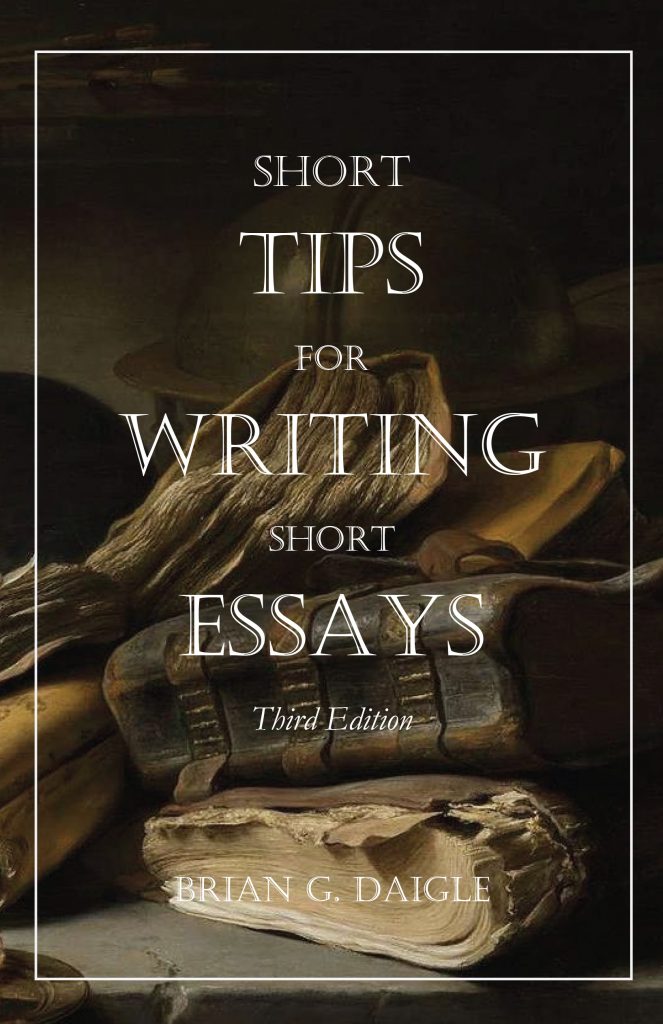MATERIALS | RESOURCES
Paper Writing Guidelines
Helps and tips for paper writing in the Old Western Culture curriculum
Need personalized instruction? Look into our Paper Writing and Grading Service or sign up for a Live Class (which include writing instruction).
Paper Writing Introduction
One paper is assigned for each term in Old Western Culture. These essays are intended to reinforce the concepts of the course, and encourage curiosity in the students. Students may use the discussion questions at the end of each lesson in the workbook to find a suitable paper topic, though they are welcome to find their own topic related to the unit or original sources as well. Another good resource is the Roman Roads Curriculum Facebook group, where parents and Roman Roads developers discuss the curriculum and answer each other’s questions.
Further suggestions
- Paper length should be between 750 and 1,000 words.
- Students should write their papers with an argumentative thesis; that is, the point of their paper should be a response to a question. The discussion questions in each workbook lesson are an excellent starting place when choosing your thesis “question” to answer.
- While a beginning student should focus on finding a topic with a question he can coherently answer in a basic essay format, the student with more writing experience is encouraged to write papers following the classical paper structure, interact with secondary sources, and learn to cite quotations using footnotes.
- If following the classical paper structure, use these guidlines:
A classically-structured paper follows the six-part divisions developed by classical rhetoricians: Exordium, Narratio, Divisio, Confirmatio, Refutatio, and Peroratio.- The exordium is what we would commonly call the introduction.
- The narratio is your opportunity to give some background on the topic.
- The divisio will usually be the shortest part of your paper; here you enumerate the arguments you will present.
- In the confirmatio, you will develop these arguments. This is generally the largest portion of your paper.
- In the refutatio, you will anticipate the arguments that could be (or have been) raised against your position.
- Lastly, you will use the peroratio to recap your arguments (likely not necessary with a short paper) and conclude with a flourish.
MORE RESOURCES
Encourage students to not be afraid of writing a “bad” first draft. The only way to get a good final draft is by writing rough drafts which are, well, rough! Aim at first to get your thoughts down on paper, collect the ideas and helpful quotes you found in your research, and then work on organizing the flow of ideas, polishing the sentences, and, finally, checking for spelling and grammar mistakes, as well as any errors in citations.
Fitting Words Classical Rhetoric
Fitting Words Classical Rhetoric is not a formal writing curriculum, but rather equips writers with tools for persuasive communication, both written and oral. The skills learned in this course will directly impact writing such that it is an excellent companion for any formal writing curriculum. It is a full year of study if taken alone, or can be used over two years alongside a writing curriculum (two-year optional schedule included).

Short Tips for Writing Short Essays
Short Tips for Writing Short Essays is a fantastic short booklet to keep handy for writers of every age.
